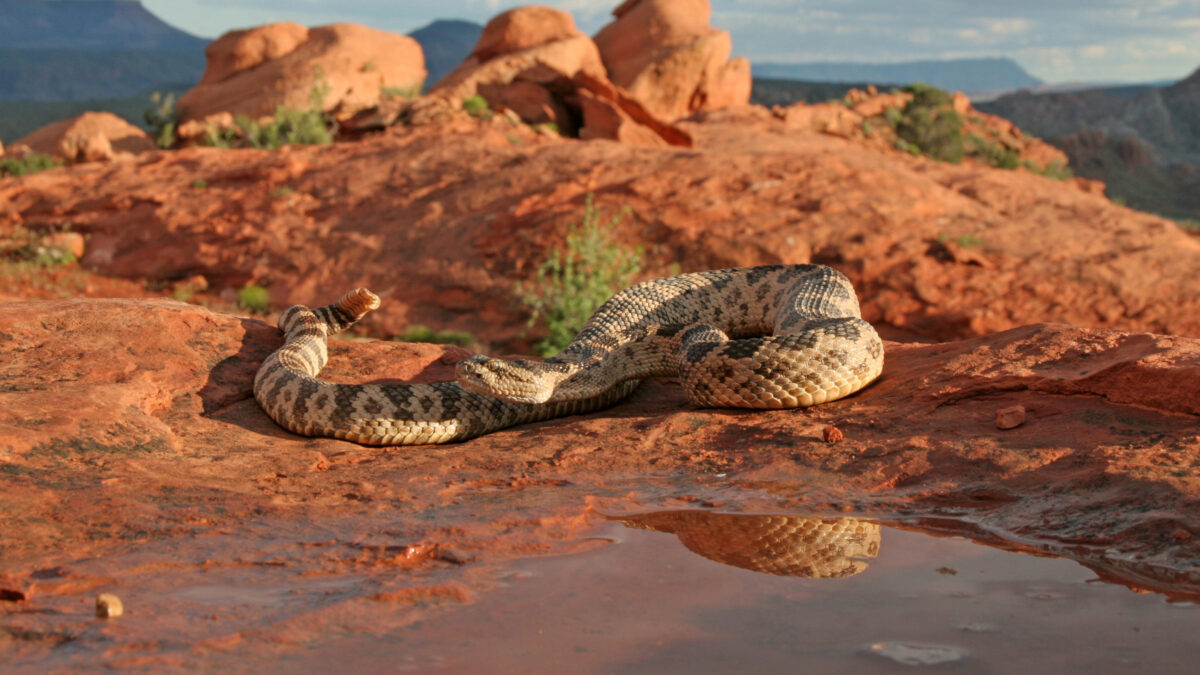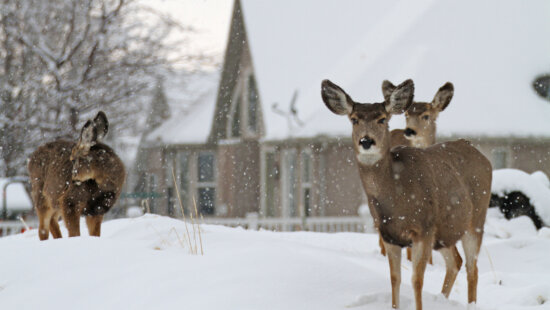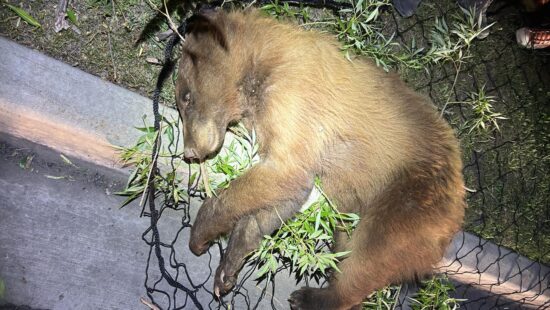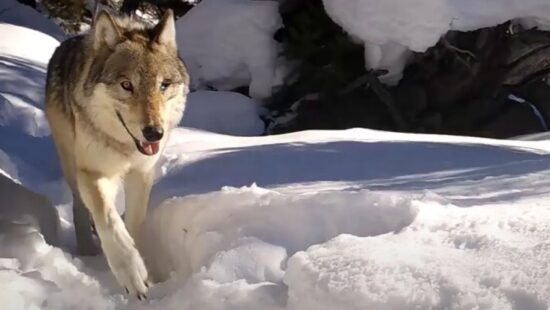Wildlife
How to stay safe as rattlesnake season begins in Utah

If you see a rattlesnake, give it plenty of space. And don't harass it. Photo: Utah Division of Wildlife Resources.
UTAH — As temperatures rise across Utah, state wildlife officials remind residents and visitors to remain vigilant as rattlesnakes emerge from winter dens. According to the Utah Division of Wildlife Resources, outdoor recreationists are more likely to encounter the reptiles in the coming months, especially in rocky, high-elevation areas.
Alyssa Hoekstra, the DWR’s native herpetology coordinator, emphasized the importance of preparation. “It is important to become more knowledgeable about the rattlesnakes you may encounter around your residence or during outdoor recreational activities,” Hoekstra said. I selected this quote because it underscores the main message from wildlife officials: awareness is the first step toward preventing dangerous encounters.
When and where you might encounter rattlesnakes
Utah has five species of rattlesnakes, the most common being the Great Basin rattlesnake. These snakes play an essential role in the ecosystem by controlling rodent populations. Most active in late spring and early summer, they often move in search of food, water, and mates.
While hikers and climbers are likelier to see them in dry canyons, rocky benches and slopes, rattlesnakes may also appear at lower elevations and open areas. Hoekstra noted, “Like most wild animals, rattlesnakes fear humans and will do anything they can to avoid us.” I included this quote to clarify that rattlesnakes typically do not seek human interaction and prefer to keep their distance.
Safety tips for outdoor recreationists
If you encounter a rattlesnake, the DWR recommends keeping at least 10 feet away and giving the animal space to retreat. Never try to kill or harass a snake, as this increases the risk of being bitten and is illegal under Utah law. Officials also advise staying alert while on trails, avoiding dense brush, and watching where you place your hands and feet.
The agency stresses that rattlesnakes do not chase people and will stop defensive behavior once you move away. If you hear a rattle, stop and locate the sound before moving to ensure you do not accidentally step closer.
Protecting pets from rattlesnake encounters
Pet owners should be particularly cautious during the spring and summer months. Keeping dogs leashed while hiking can reduce the risk of encounters. Hoekstra also recommended aversion training for dogs to help them learn to avoid snakes.
Another precaution is to verify which emergency veterinary hospitals carry antivenom, as not all clinics have it on hand. Knowing this in advance can save critical time in the event of a bite.
Responding to rattlesnake bites
Although rattlesnake bites are rare, they require immediate medical attention. The DWR advises against attempting to suck out venom or applying a tourniquet, which can worsen tissue damage. Instead, stay calm and seek medical care as quickly as possible.
Officials suggest carrying a satellite phone for emergencies for those frequently recreating in remote areas without cell service.
Keeping rattlesnakes out of yards
Residents can reduce the likelihood of snakes entering their yards by removing potential shelters such as brush, wood piles and junk. Controlling rodent populations and eliminating standing water can also deter rattlesnakes.
Additionally, securing crawl spaces and holes under structures can prevent snakes from taking refuge near homes.
Identifying rattlesnakes
Utah’s gopher snakes are often mistaken for rattlesnakes due to their similar appearance and behavior. However, gopher snakes have slender, pointed tails and lack the distinctive rattle. Experts caution that rattlesnakes do not always rattle before striking, so treating any unidentified snake as venomous is best.
More information on rattlesnake safety is available on the Wild Aware Utah website and the DWR Wild podcast.




















